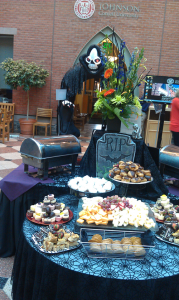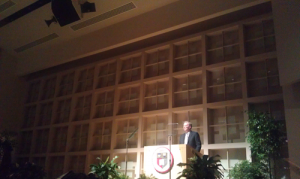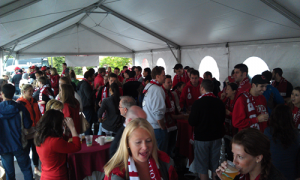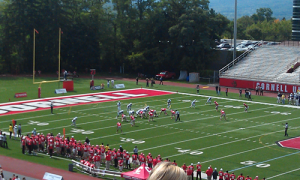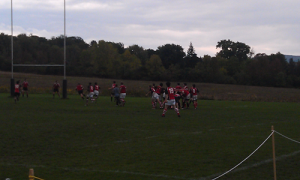All The Small Things
October 23rd, 2014Originally Posted:Â 4/12/2013 9:36 AMÂ
No matter what program you enter, academics are a big part of it (obviously!). Time is limited because of how much is going on between recruiting, club events, social connections, and coursework. Make sure you have a system in place to help you deal with the work load. Here’s a few tips from my experience that might help you.
Folders
There will be lots of paper flying around and keeping track of it can be tough. My recommendation is the Five Star Stay-Put Folder. The reason I love this folder is that it’s made of a durable material that stands the test of time. It has the typical 2 pockets, but also has these little fold-down elements for the top that help you separate the material, effectively giving you four pockets. Add onto this the thin plastic case for random notes and the 3-prong holder and you have a very versatile folder.
Plastic Tabs
When reading or going through lecture, creating flags that tell you about that section makes studying or doing homework go so much faster. For this task I have 3 levels of tabs. First are the large 3″ tabs. These are prefect to divide large sections such as Notes and Exercises. You could use actual divider pages, but the tabs let you move them around as needed whereas the divider pages you are constrained to their layout. Second are 1″ mid size tabs. These are great for topic headings, but be careful not to get the flimsy ones – go for Durable. Finally, use small flags for specific formulas you want to remember. Stay away from the paper ones! they get bet very easily, so stick with plastic.
Highlighters
I love to highlight things by topic. Something like a critical point might get a blue highlighter while a key formula might get yellow. It’s an easy way to draw your eye to exactly the type of information you are looking for. Personally, I got the pocket sized 5-color Target highlighters. They don’t bleed, the colors are not overly dark. They’re small and easy to tuck away. Those are the reasons I love that set of highlighters.
Writing Tool
You will be taking lots of notes, doing problem sets, and – probably – making mistakes along the way. For this reason I take a pencil and eraser to all of my classes. Of course, I also have some pens along for the ride, but I tend not to use them most of the time. Interestingly, I found that when I’m writing that much, some pencils worked better than others (in terms of ease of use) and mechanical pencils were way better than standard pencils. I did a lot of research to find the best mechanical pencil for a reasonable price. It is with great confidence that I can recommend the Pentel Sharp Automatic Pencil (0.5mm). This pencil is fantastic because it has a solid grip, nice weight, and sharp point. The only drawback is it has a very small built in eraser, but that’s why I bring my own eraser. The eraser is always the first thing to go on any pencil anyway.
So that’s my advice to incoming students: take the time to get your things organized at the beginning and it will make your life that much easier down the road. It really is the small stuff like the things I listed above that makes the whole process that much easier.
Some of it may seem silly right now, but when you’re exhausted after a long week and taking an open note final you’ll wish you had listened to me.
Part of a series of my re-postings of my blog for the “Life @ Johnson” section of the Samuel Curtis Johnson Graduate School of Management at Cornell University MBA program website.
